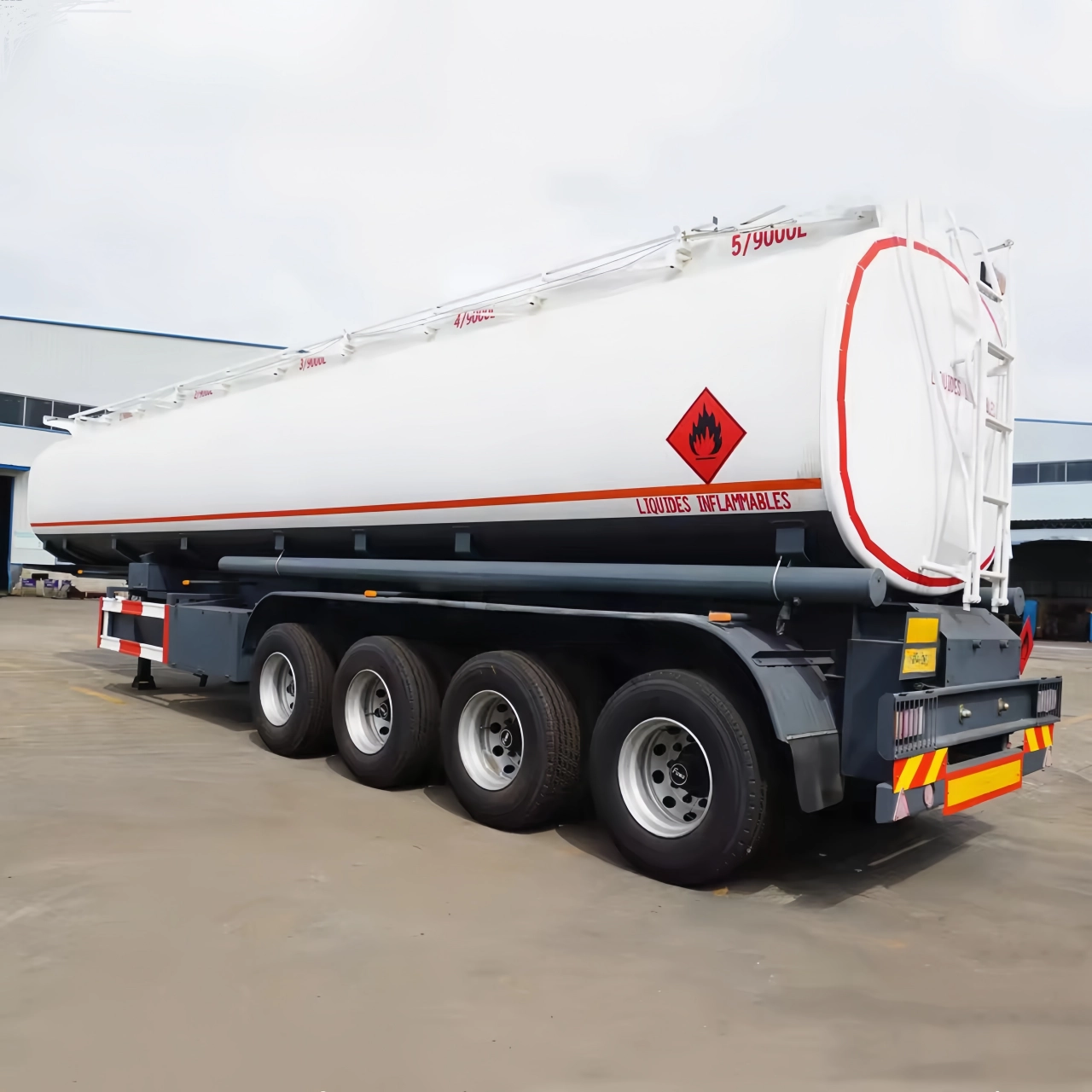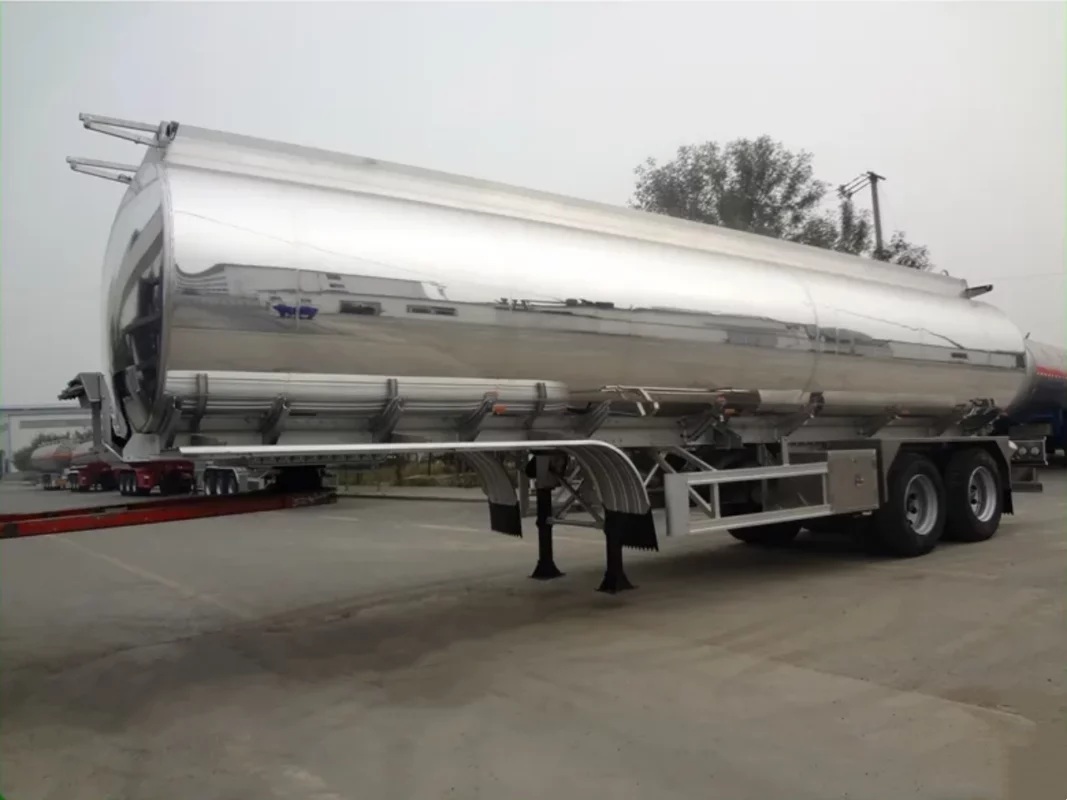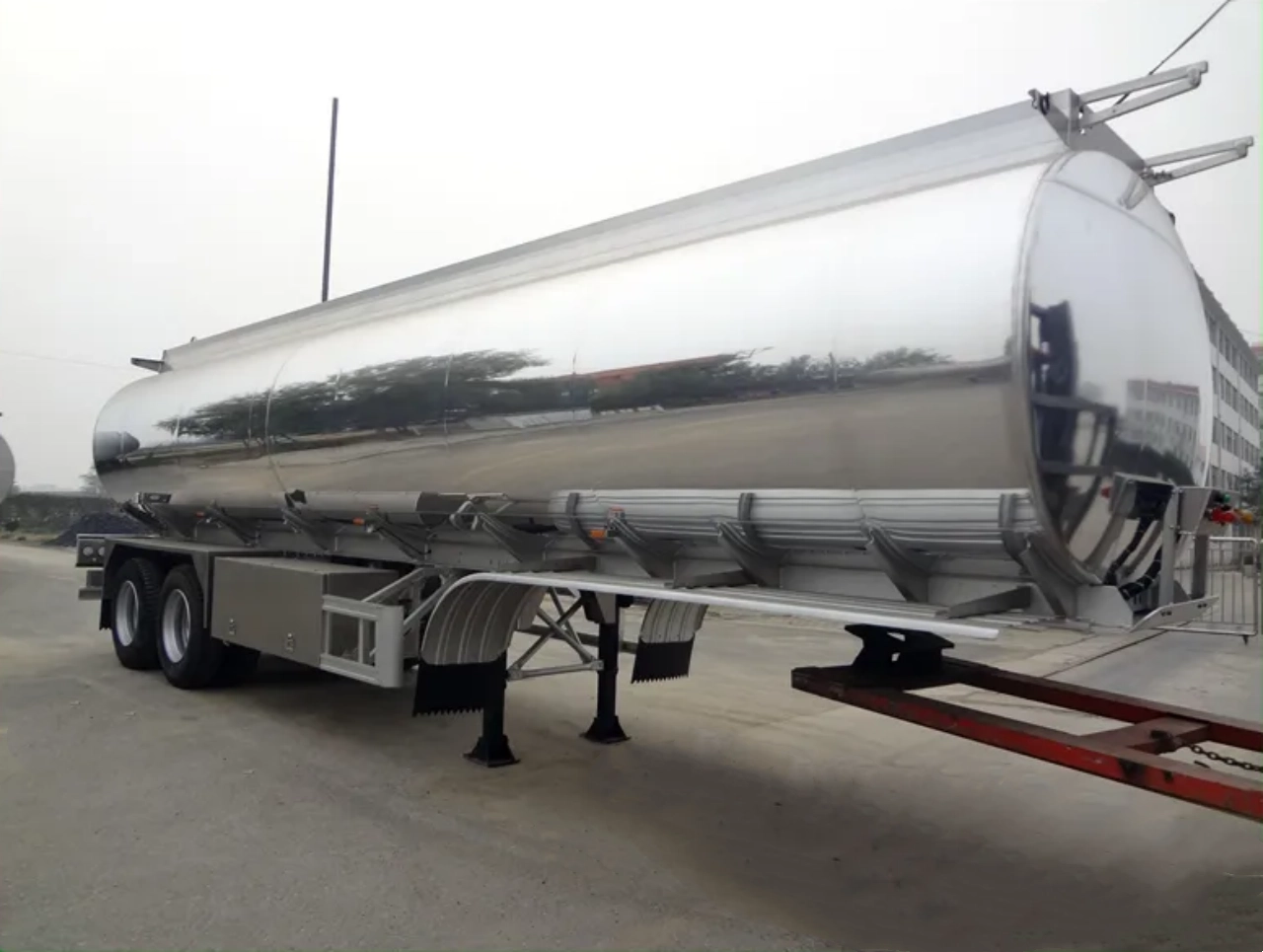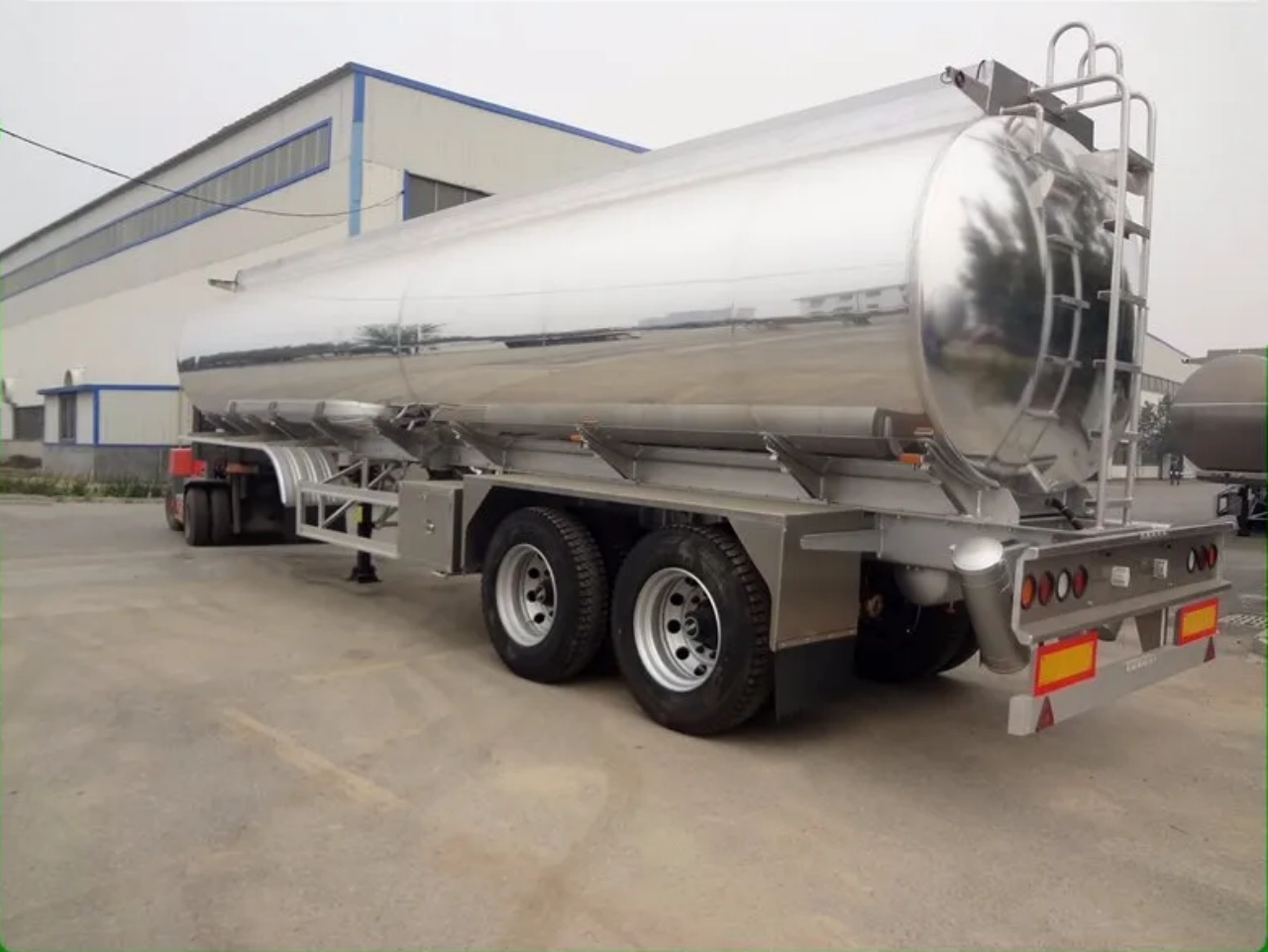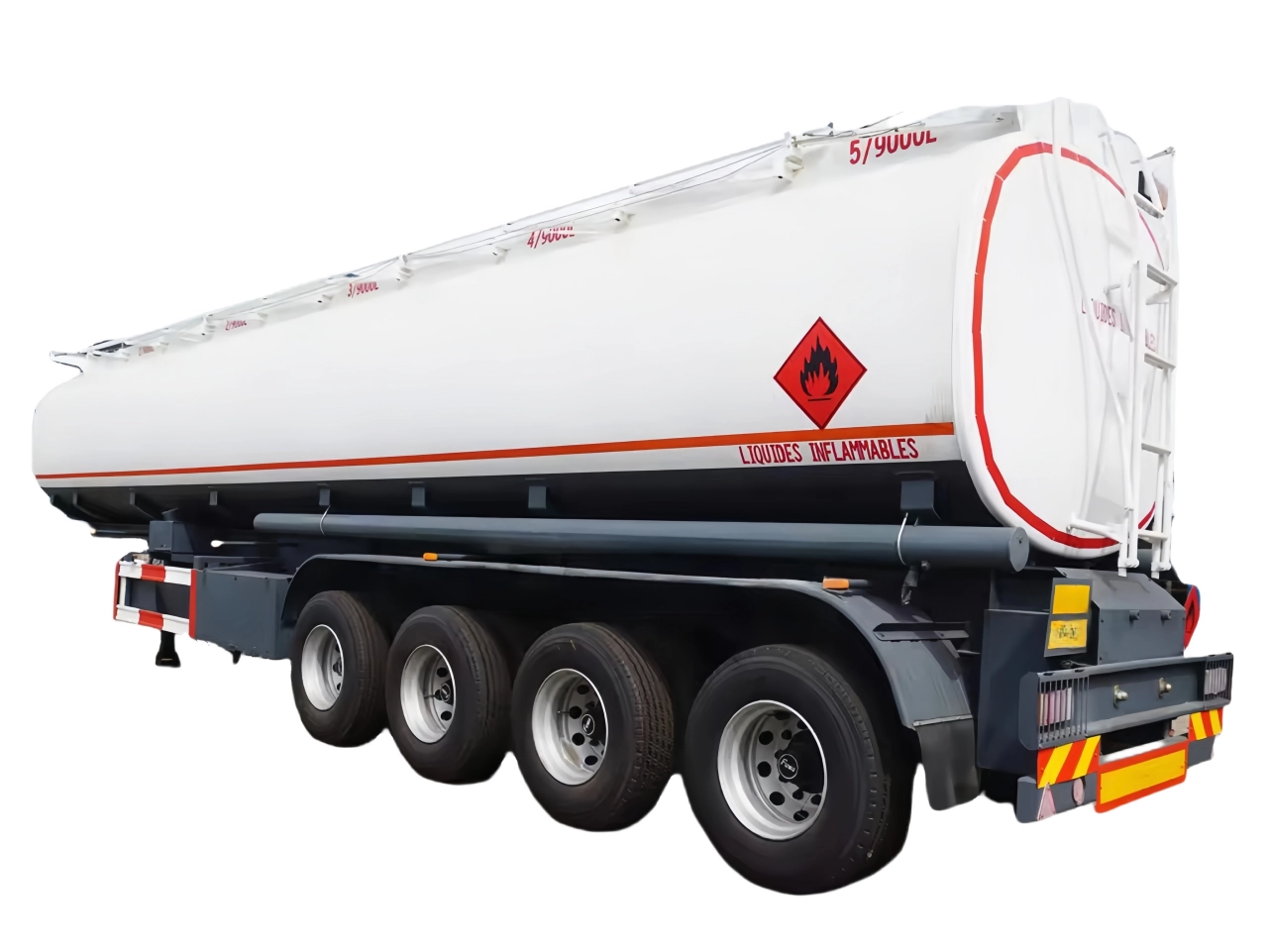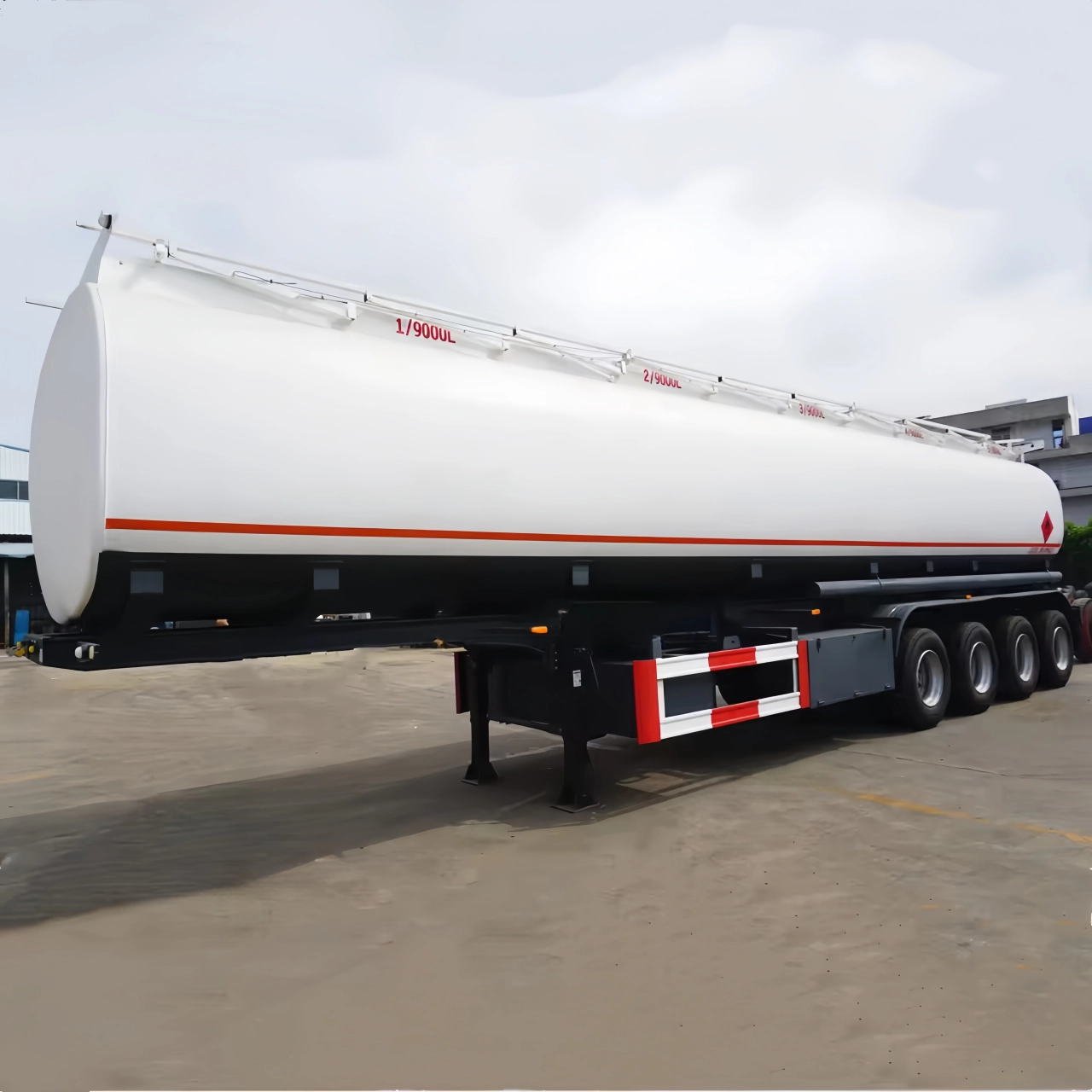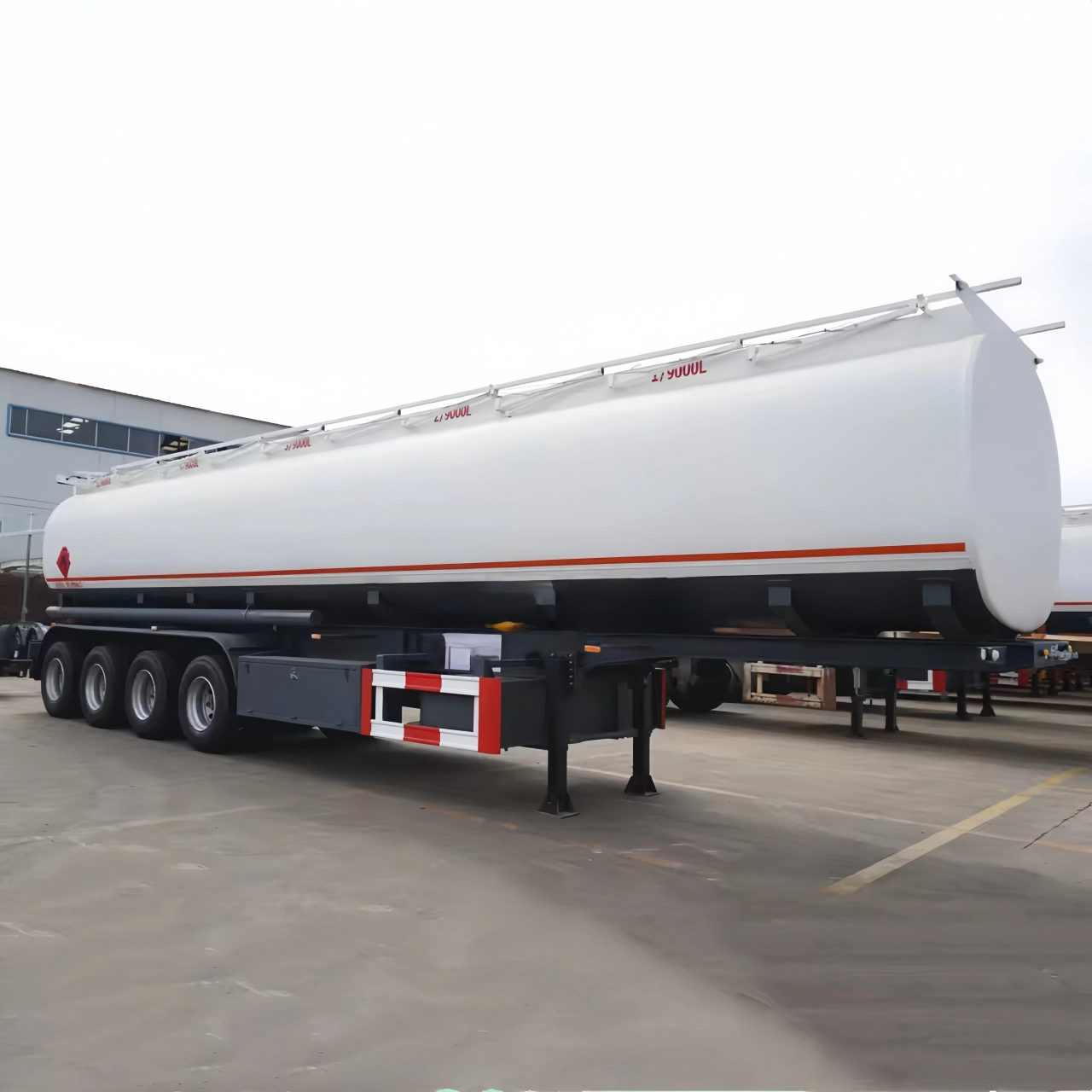An In-Depth Guide to Safely Parking Tank Trailers
Tank trailers are a critical part of the transportation industry, particularly when it comes to moving hazardous materials, liquids, gases, or dry bulk goods. Due to their complex design, significant size, and the potential risks associated with their cargo, the process of parking a tank trailer demands strict attention to safety protocols and proper procedures. Whether you’re a seasoned truck driver or new to the world of tank trailers, understanding the best practices for parking these vehicles can prevent accidents, ensure the integrity of the cargo, and keep others around you safe.
This article explores everything you should consider and do when parking a tank trailer, covering safety checks, regulatory requirements, parking environment, and post-parking procedures.
1. Choose a Safe and Legal Location
The first thing to consider when parking a tank trailer is location. You must park in a designated, safe, and legal area. The choice of location often depends on the type of cargo the tank is carrying.
- Hazardous Materials (HAZMAT): If the trailer is carrying hazardous materials, you must adhere to strict regulations under the U.S. Department of Transportation (DOT) and possibly other regulatory bodies like the Federal Motor Carrier Safety Administration (FMCSA). Parking must be:
- At least 300 feet away from open flames or populated areas.
- Not in tunnels, near bridges, or any place where the cargo could pose a danger if leaked or ignited.
- In secured, designated parking areas, if available, especially when left unattended.
- General Cargo: Even for non-hazardous loads such as milk, water, or dry bulk, it’s crucial to park in flat, well-lit, and secure areas. Truck stops, rest areas, and authorized company lots are preferred.
2. Inspect the Surroundings
Before parking, conduct a thorough inspection of your surroundings. Look for:
- Flat Terrain: Uneven or sloped surfaces can increase the risk of a trailer rolling or tipping over.
- Obstructions: Avoid low-hanging branches, poles, tight turns, or areas with limited space that could make maneuvering difficult or cause damage.
- Ground Conditions: Especially important for off-road or construction areas—soft ground can lead to the trailer sinking or becoming unstable.
3. Use Wheel Chocks and Parking Brakes
After you’ve chosen a suitable spot:
- Apply the Parking Brake: This is non-negotiable. Ensure the truck’s parking brakes are fully applied before exiting the cab.
- Use Wheel Chocks: Place chocks under the trailer’s wheels to prevent accidental rolling. This is particularly critical when parked on an incline or when the trailer is detached from the tractor.
For added safety, especially with tankers that carry liquids, chocking can help counteract the movement of fluid (known as surge) inside the tank.
4. Level the Tank
A properly leveled tank trailer ensures cargo stability, especially with liquid loads. Uneven parking can:
- Causes internal cargo surge, potentially destabilizing the trailer.
- Lead to inaccurate readings of fluid levels.
- Increase pressure on certain parts of the tank, which might result in damage or leaks over time.
If the parking surface isn’t level, use leveling blocks or relocate to a more suitable location.
5. Check for Leaks or Drips
Before and after parking, always inspect the tank trailer for leaks. A minor drip could indicate a seal failure or valve issue, which may escalate if ignored.
For hazardous or flammable materials, even a small leak could lead to environmental damage, regulatory violations, or severe safety hazards. In such cases:
- Use drip containment systems.
- Alert appropriate personnel.
- Follow your company’s emergency response protocol.
6. Secure the Trailer
If you’re disconnecting the trailer:
- Ensure the landing gear is fully extended and secure.
- Check that the fifth wheel release handle is locked.
- Disconnect air and electrical lines properly, and stow them to avoid damage.
- If required, lock the trailer valves and dome lids to prevent unauthorized access, especially with HAZMAT loads.
7. Use Proper Signage
When parking a tank trailer, especially when transporting dangerous goods, placards must remain in place and visible.
- Check that DOT placards are correct for the load and securely fastened.
- If parking for a longer duration, some jurisdictions require additional warning signs or barricades.
- For trailers left at public locations or job sites, posting a “No Smoking” sign near the tank trailer may also be advisable.
8. Notify the Appropriate Authorities or Personnel
Depending on your company’s procedures or the nature of your cargo, it may be necessary to notify dispatch, a site supervisor, or local security when the trailer is parked.
This ensures:
- Someone is aware of the trailer’s location.
- Arrangements for inspection or unloading are scheduled appropriately.
- Emergency contacts are available in case something goes wrong.
9. Avoid Long-Term Parking of Loaded Trailers
If your trailer is loaded, particularly with hazardous materials, avoid long-term parking unless it’s in a designated, secure facility.
- Temperature changes can cause pressure variations in the tank.
- Prolonged static cargo increases the risk of product degradation or internal corrosion.
- Theft or vandalism is more likely the longer a trailer is left unattended.
If parking for extended periods is unavoidable, use a monitored facility with proper security and climate control (if needed).
10. Perform a Final Walk-Around
Before leaving the tank trailer unattended, always conduct a full walk-around to verify:
- All hoses and valves are sealed.
- The landing gear is locked.
- Wheels are chocked.
- Brakes are engaged.
- No leaks or suspicious signs are present.
This quick check can help prevent major incidents and shows a commitment to safety and professionalism.
Conclusion
Parking a tank trailer is more than just finding an empty spot and setting the brakes. It requires a thorough understanding of your equipment, cargo, and regulatory requirements. The risks involved with improperly parked tank trailers—ranging from environmental hazards to life-threatening accidents—are too significant to ignore.
So, when parking a tank trailer, you should always prioritize safety, legality, and environmental responsibility. By following best practices—choosing the right location, securing the trailer properly, and conducting necessary inspections—you not only comply with the law but also help protect lives, property, and the environment.
Parking may seem like a routine part of a driver’s day, but when it comes to tank trailers, it’s a task that deserves serious attention and respect.
